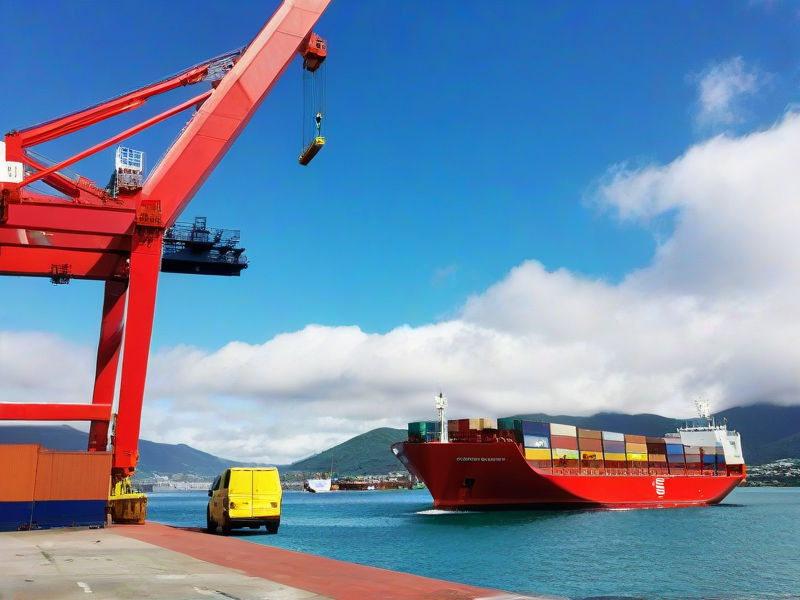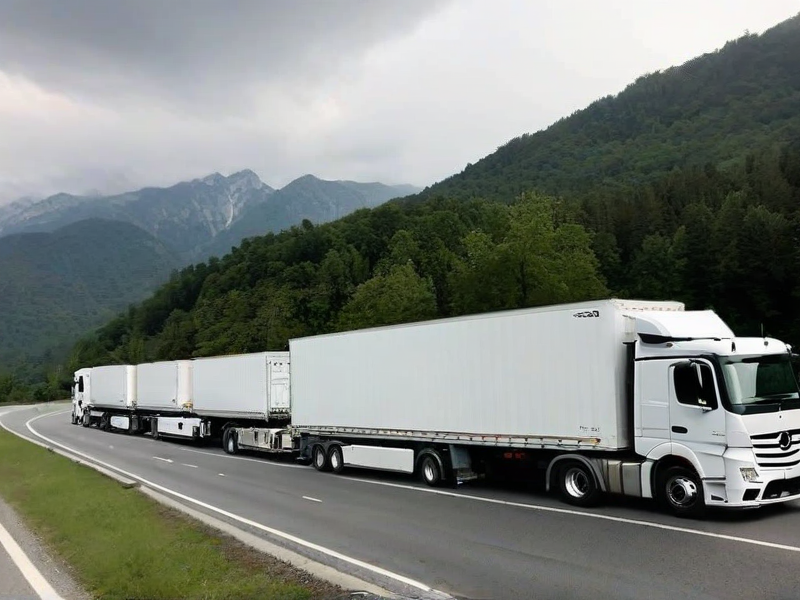A front warehouse, as the name suggests, replaces the traditional storefront with a warehouse.

In this model, delivery personnel can pick up goods directly from the warehouse and deliver them to customers’ homes. Objectively, warehouse rent is generally cheaper than that of a physical store, but the front warehouse model also means that owners lose the advantage of in-store foot traffic.

This front warehouse concept originally emerged alongside fresh food e-commerce platforms. In 2015, Missfresh established its first “front warehouse” in Wangjing, serving customers within a 3-kilometer radius. Faster turnover, lower waste, and higher operational efficiency brought front warehouses into the public eye.

In the traditional model, fresh goods are first centralized in a city’s central warehouse before being dispatched to consumers based on orders. Central warehouses are typically located in remote suburban areas, which hampers delivery efficiency and exacerbates the issue of spoilage.

Front warehouses, however, are situated near consumer-dense communities, covering a range of 3 to 5 kilometers. Goods are delivered from the central warehouse to the front warehouse, and after customers place orders, couriers complete the final 3 to 5 kilometers of home delivery. The order response time is fast, with delivery achievable within 30 minutes to 2 hours.

During the exploration of the front warehouse model, some fresh food practitioners who integrated the warehouse and store into one believe that the “home delivery + in-store” model is superior. In-store shopping not only generates revenue and profit but also tends to have a higher average transaction value compared to online orders. If the in-store traffic and average transaction value reach a scale effect, the profit generated from in-store customers could potentially cover the delivery costs of online customers.

 alt=""
alt="" 


 Logistics line quotation
Logistics line quotation Cross-border express order
Cross-border express order 24 hours online customer service
24 hours online customer service Huixiang Cross-border Logistics all rights reserved
Huixiang Cross-border Logistics all rights reserved 






